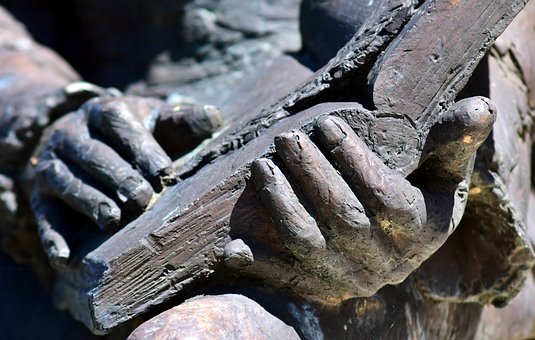
How to Select Materials for Bronze Bearings
Choosing the perfect kind of bronze for bronze bearings can be tricky. It can either make or break the equipment’s lifespan and performance. There are several factors to consider during the selection process. Bronze is incredibly versatile, especially in terms of bearings. It offers a wide range of properties, and has a whole family of alloys and compositions.
Bearing Design
You cannot just sit in front of your computer, open a software and design your bearing any way you like it. It must serve a purpose and do the job well when tested. There are three fundamental elements that must be understood when designing bearings: (a) designing for proper lubrication, (b) understanding the service environment, (c) selecting the most appropriate material. If a bearing is aligned to these fundamental elements, it will perform best.
Service environment and conditions may vary depending on the industry that the bearings will be used for. There are several considerations in these conditions such as load, stability, impact, speed, corrosive and dirty environment, temperature, hardness differential, shaft and journal misalignment, frequency of start-stop operation and oscillatory motions. These factors can affect the life and performance of bearings since these can expose the bearings to a lot of wear and tear.
There are different lubrication modes that should be considered such as hydrodynamic mode, boundary mode and mixed film. The hydrodynamic mode is the full-film operation. The bushings is separated from the shaft by a continuous flow of oil under hydrodynamic pressure.
The boundary lubrication mode is the most demanding condition. The bearing and shaft still separate, but only by a microscopically thin gush of oil. Bearings that are under the boundary mode condition require a lot of care and maintenance. The bearing alloy must always resist welding and seizing, low inherent friction and possess high thermal conductivity to effectively remove the presence of frictional heat from its surface.
The mixed film mode is like the mode in the middle. A portion of the surface of the bearing touches the hydrodynamic oil film while the rest operate with metal-to-metal contact. This is by far the most common of the operating modes.
Properties
Now that we have established the conditions that the bearings will serve, we need to consider the properties of the material that we will use. The materials must possess the following properties:
- Good wear behavior against steel shafts
- Low coefficient of friction against hard shafts
- High compressive strength
- Corrosion resistance
- High fatigue strength
- Structural uniformity
- Ability to adapt and adjust to the shaft
- Low shear strength
- Reasonable cost
- Easy to find and buy / always available
Before you choose the material that will be used for your bearings, almost, if not all, of these characteristics must be present in the material.
Manufacturing the bearings can be considered later on. Bronze has a wide variety of alloys and all of it possess these characteristics, making it the preference for bearing applications.
Need more information about bronze construction parts? Contact Diversified Bronze today.